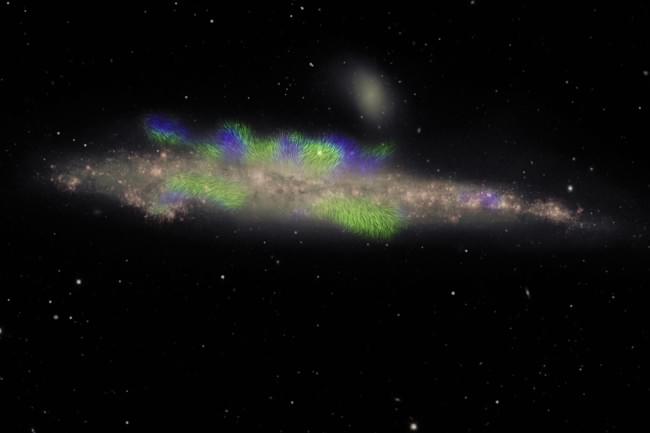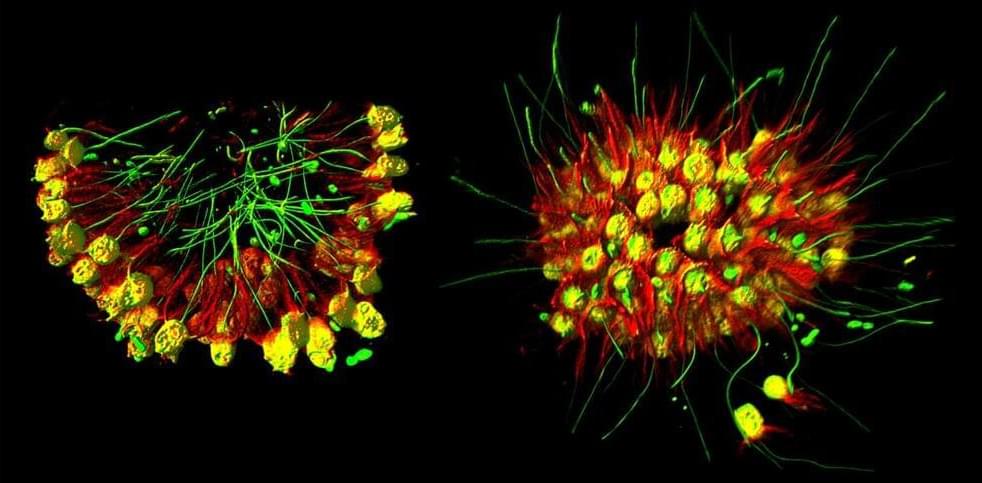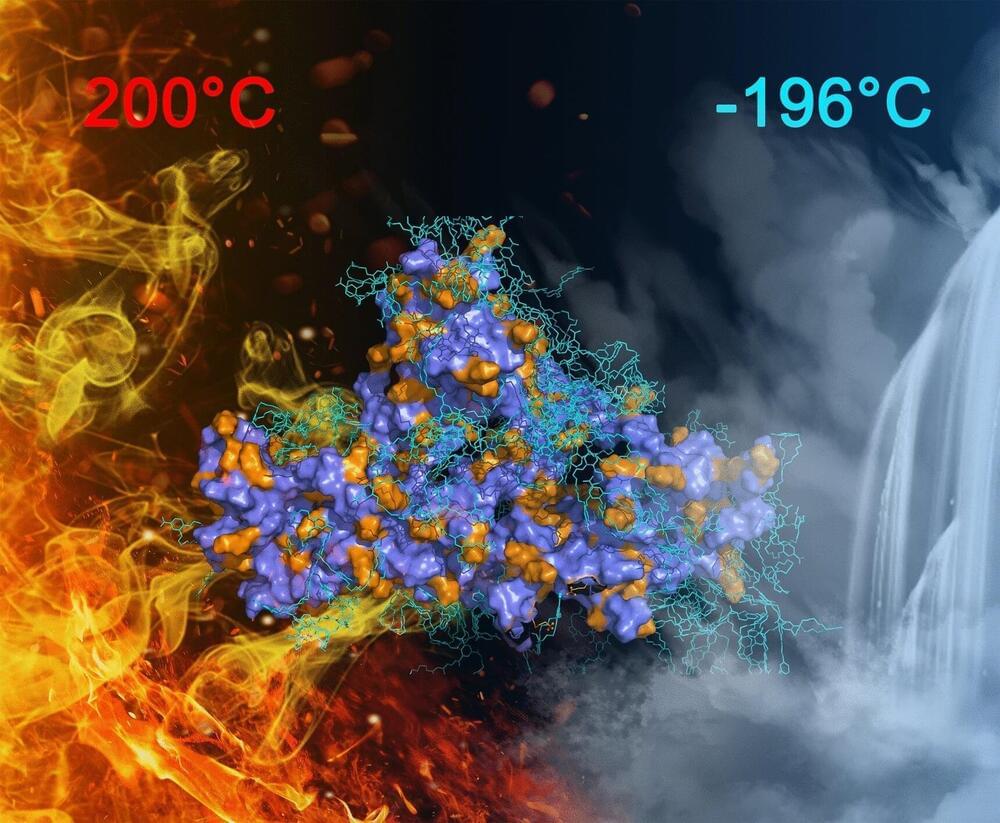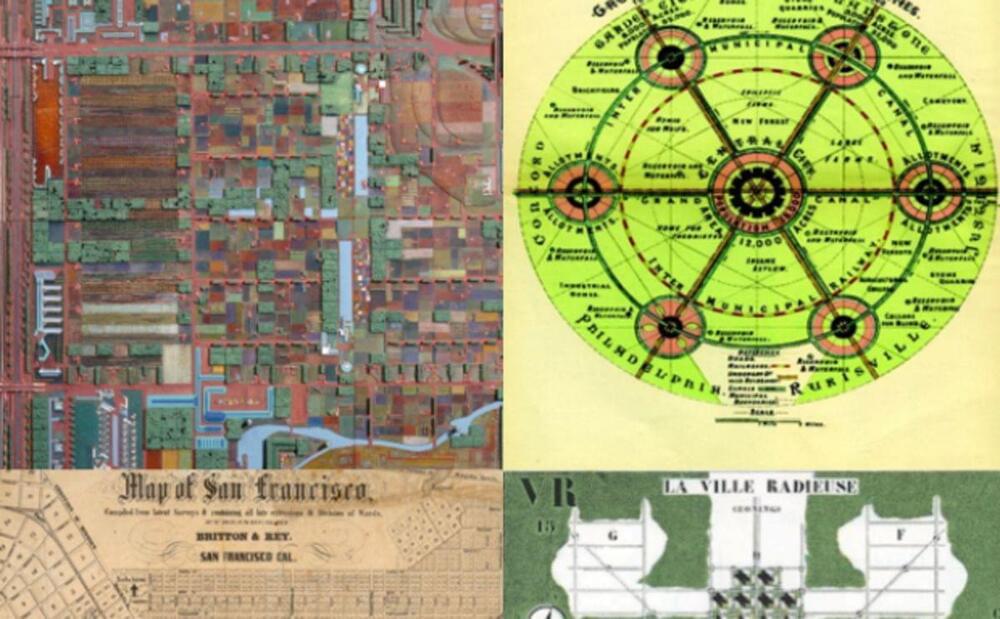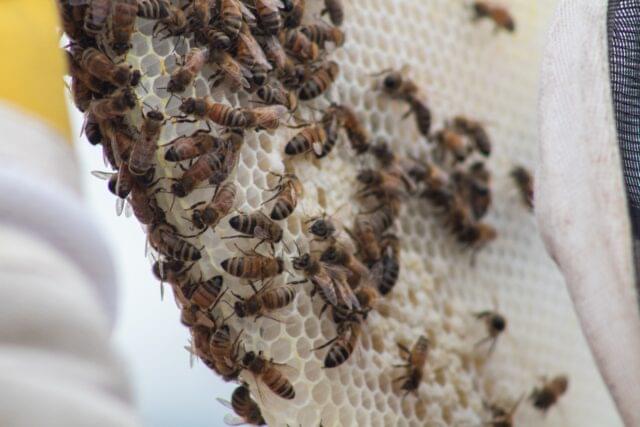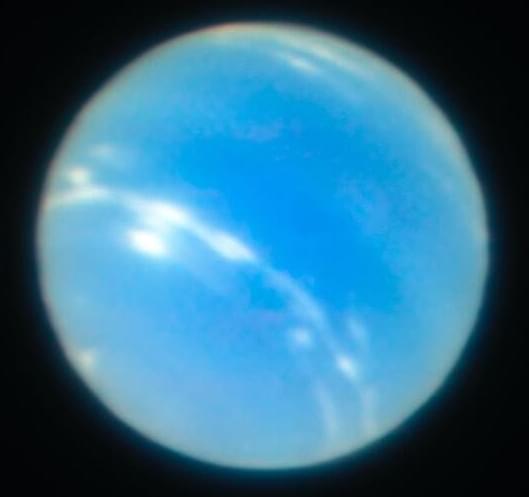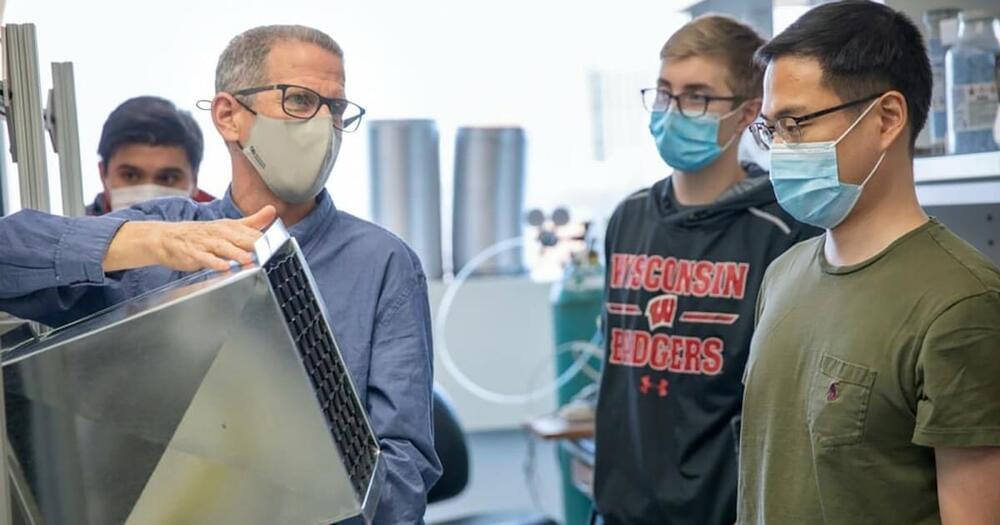Jul 20, 2022
China’s Artificial Sun Just Broke a Record for Longest Sustained Nuclear Fusion
Posted by Omuterema Akhahenda in categories: nuclear energy, physics
In a new world record, China’s “artificial sun” project has sustained a nuclear fusion reaction for more than 17 minutes, reports Anthony Cuthbertson for the Independent. In the latest experiment, superheated plasma reached 126 million degrees Fahrenheit—that’s roughly five times hotter than the sun, which radiates a scorching 10,000 degrees Fahrenheit at the surface and about 27 million degrees Fahrenheit at its core.
Coal and natural gas are the primary energy sources currently used around the world, but these materials come in limited supply. Nuclear fusion could be the cleanest energy source available because it replicates the sun’s physics by merging atomic nuclei to generate large amounts of energy into electricity. The process requires no fossil fuels, leaves behind no radioactive waste, and is a safer alternative to fission nuclear power, per the Independent.
“The recent operation lays a solid scientific and experimental foundation towards the running of a fusion reactor,” says Gong Xianzu, a researcher at the Institute of Plasma Physics of the Chinese Academy of Sciences, in a statement.
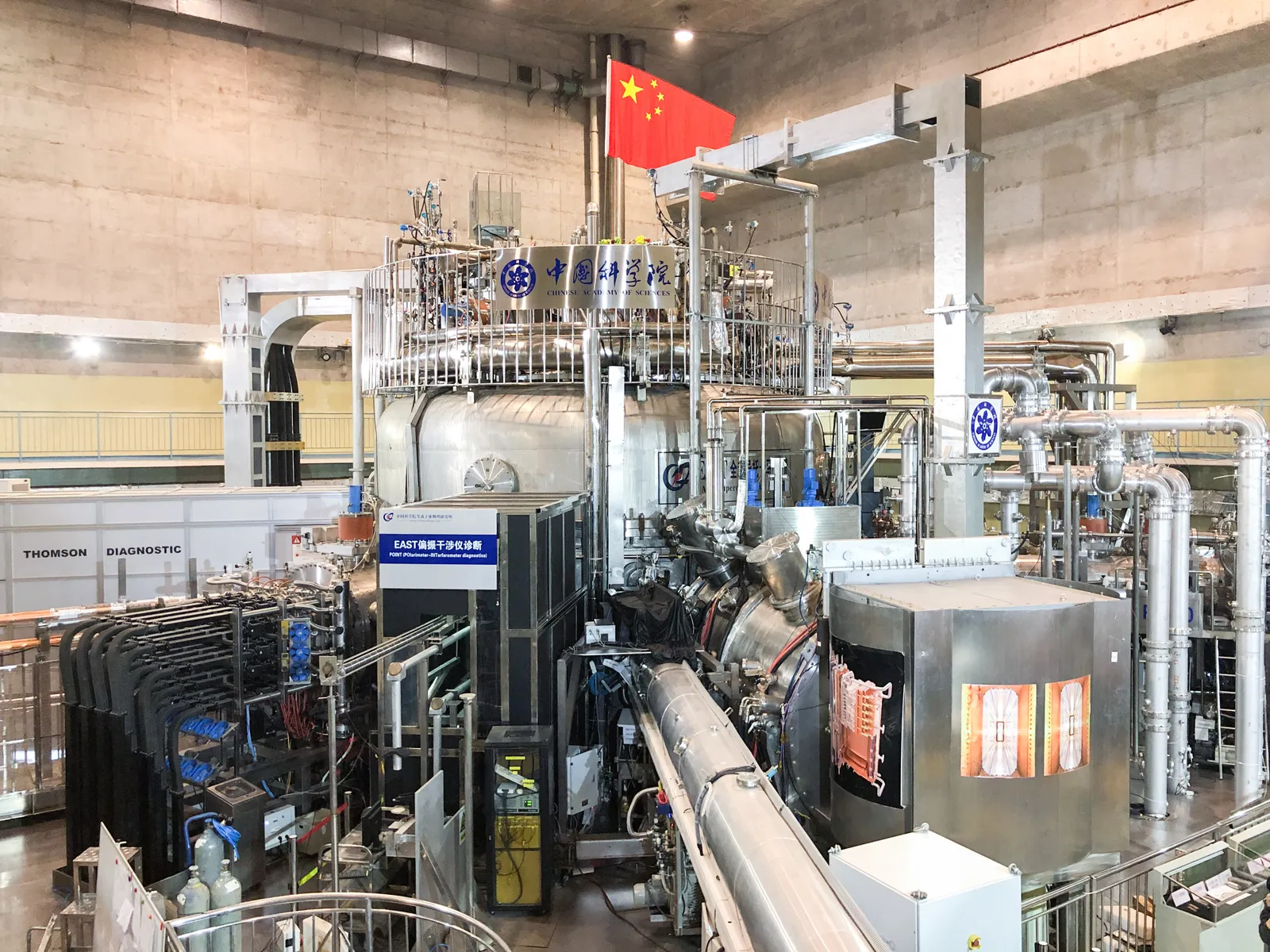 In a new world record, China’s “artificial sun” project has sustained a nuclear fusion reaction for more than 17 minutes, reports Anthony Cuthbertson for the
In a new world record, China’s “artificial sun” project has sustained a nuclear fusion reaction for more than 17 minutes, reports Anthony Cuthbertson for the 
